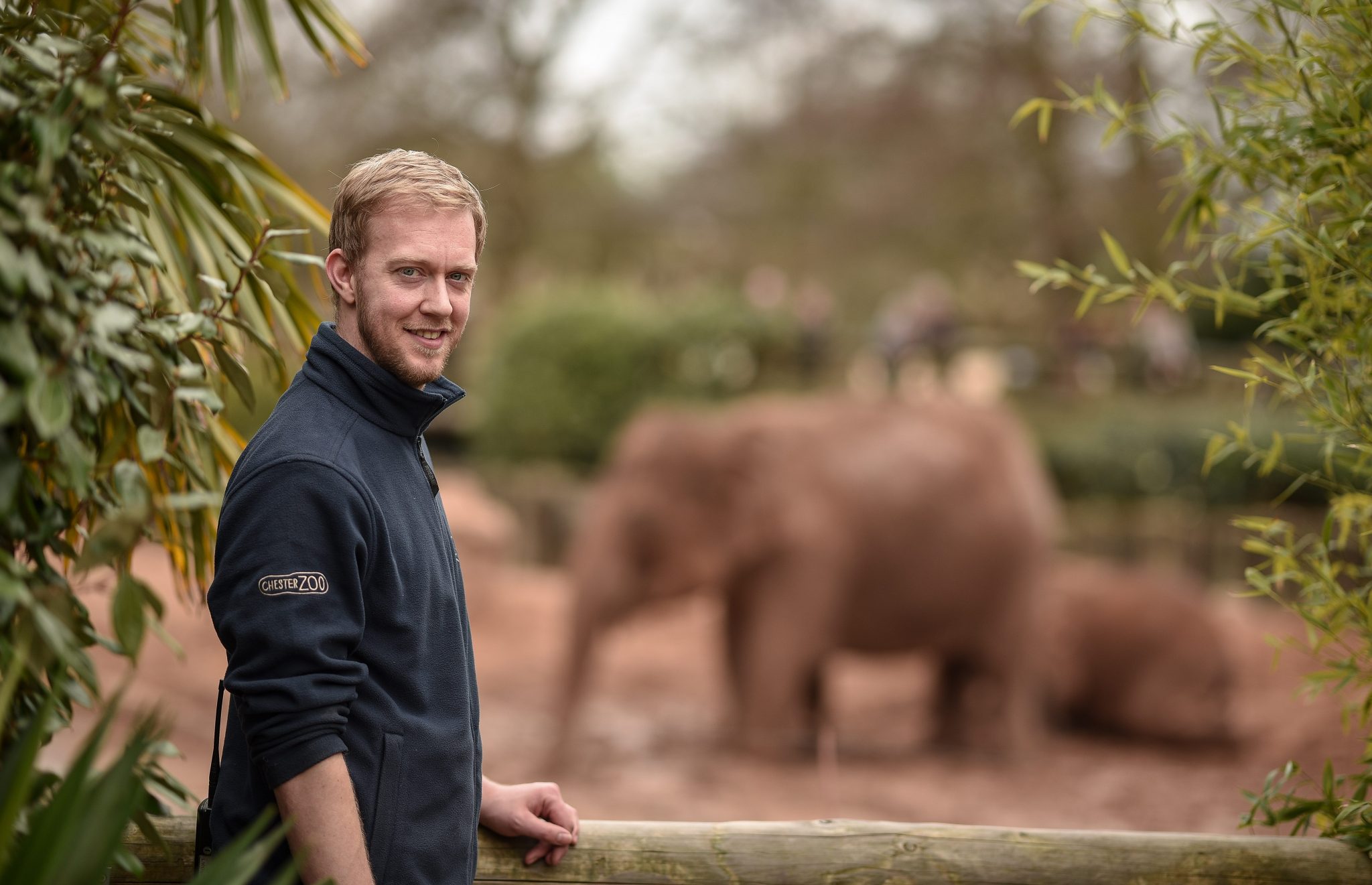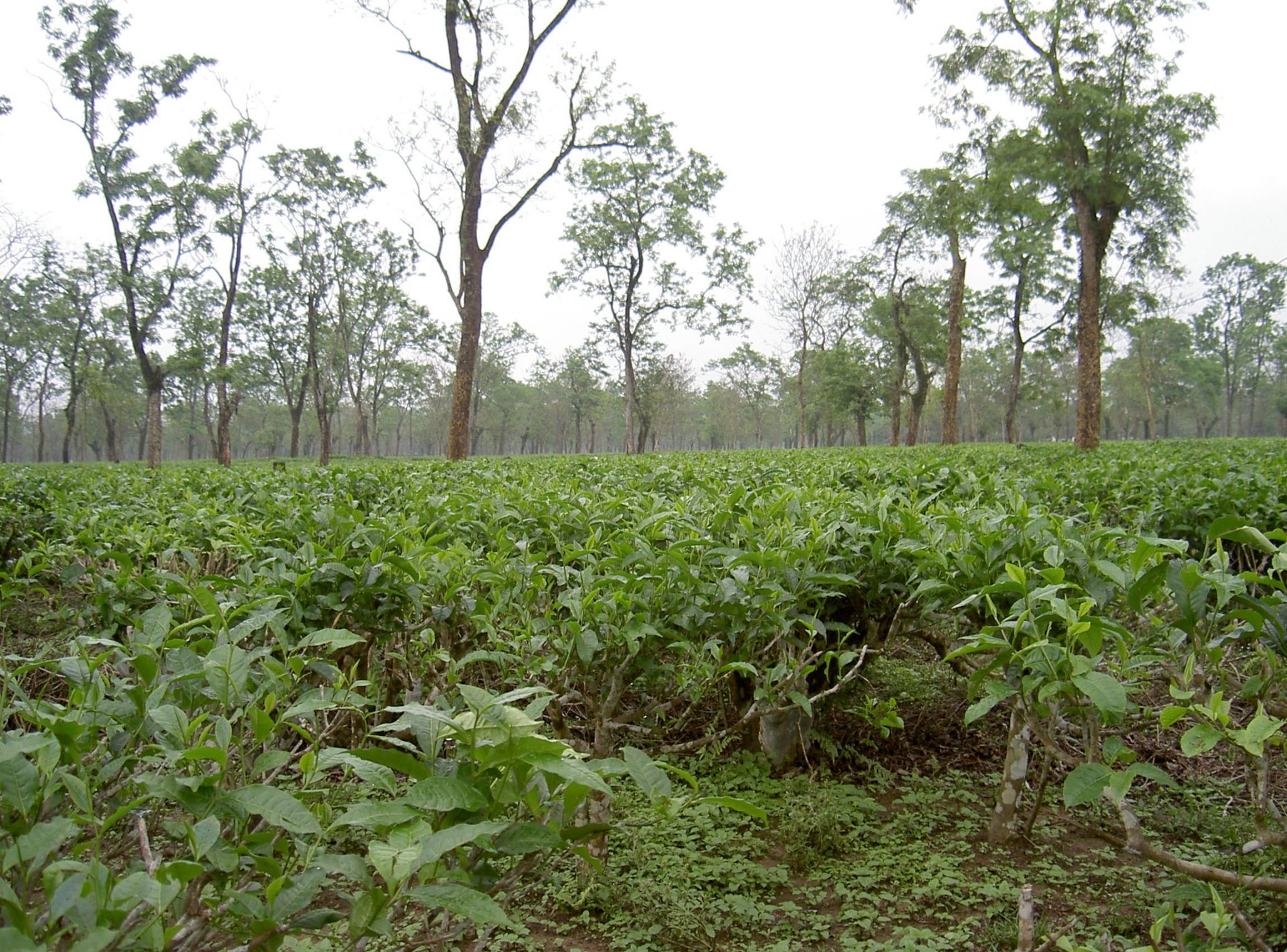The conflict between people and elephants is a major threat to the future of elephants in Asia and is happening as result of human activities such as deforestation.
Elephants are running out of space to live so often end up travelling through villages and destroying homes.
Our lead elephant keeper has been out to Assam to see some of the activities taking place there and some of the techniques the local people have implemented with our support to help keep elephants and people from harm.
“I’m Rich Fraser-lead elephant keeper at Chester Zoo. I have recently returned from India where I was working with the staff and villages of the Assam Haathi Project (AHP)-getting first-hand experience of the problems that people are facing and what is being done to help both human and elephant populations.
“I was lucky enough to spend 2 weeks working with the AHP team visiting a total of 24 villages within the 2 main districts that they work: Sonitpur and Goalpara. Both areas are on the banks of the Brahmaputra River with rolling hills to the North in Sonitpur and lowland hills to the South in Goalpara. The villages that occupy the land in between are therefore on the routes that elephants will take moving from the cooler refuges of the high ground forests to the fresh water source of the river and its tributaries.

“The team aims to work closely with the villages in order to reduce any potential conflict that may occur as a result of these daily journeys taken by elephants through villages-their crops and surrounding the land. As well as providing spotlights for people to guide elephants away from their homes and burning chilli to deter elephant’s moving towards them-electric fences are put in place surrounding villages and crop fields to directly change the path the elephants may take – operating similar to livestock fencing.
“I spent my first week working with Anjan Baruah-Project Officer with Ecosystems-India-and others from the AHP team in the Sonitpur district. With large expanses of the region covered with tea fields-this gives the added problem of elephants entering areas of local industry to shelter during their travels.
“On my very first day in the field we were able to erect a 2km stretch of new fencing that added to 1.5km already in place around one village and its crops – something that I was told would usually take up to 2 days to complete! In order for the local people to understand more about how to maintain the fence the AHP team encourage them to do most of the work and be there as a support to teach them how best to build the fences.
“As the village was located deep within tea fields we also met with the plantation manager to explain the work we were doing as well as how they could help in the future when the team cannot be there to directly assist.

“It was great for me to see so early into my trip just how welcoming people were and how much they wanted to be involved with the AHP. Everyone I met was so appreciative of the help we were giving them as they would never be able to afford to use such techniques without our support. They feel more comfortable knowing that there is some protection for them should it be needed and are not so fearful of elephants passing so near their land.”
Rich will give us another update on his trip to Assam next week – so keep an eye on the blog.